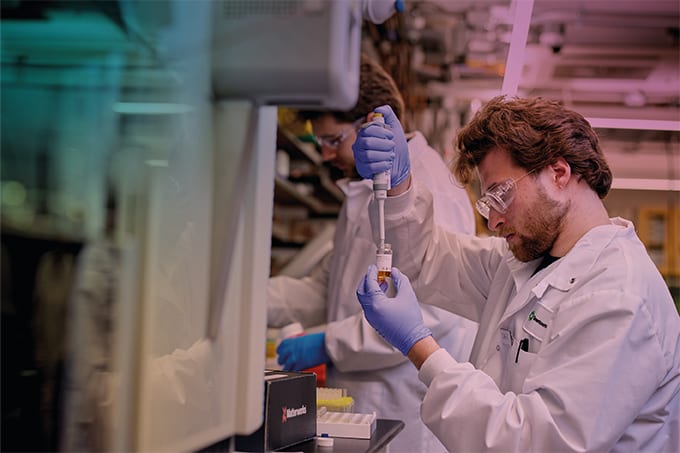
Researchers at the University of Birmingham have, for the first time, directly quantified boron levels in individual live cancer cells using single-cell inductively coupled plasma mass spectrometry (sc-ICP-MS) – a development that could refine the delivery and design of boron-based therapies for head and neck cancer.
The study, published in the Journal of Analytical Atomic Spectrometry, focuses on boron neutron capture therapy (BNCT), a targeted cancer treatment that relies on the accumulation of boron-containing compounds in tumor cells. Once boron is sufficiently taken up, patients undergo localized neutron irradiation, triggering a nuclear reaction that selectively kills boron-laden cancer cells while sparing surrounding tissue.
While prior techniques could only measure boron concentration averaged across large cell populations, sc-ICP-MS enabled the researchers to measure boron in single living cells in real time. This allowed them to track cellular uptake and retention of two clinical boron agents – boronophenylalanine (BPA) and sodium borocaptate (BSH) – and to assess heterogeneity in boron accumulation.
“Until now, it’s only been possible to measure average boron uptake in hundreds-of-thousands of cells, which masks important differences between individual cells,” said James Coverdale, lead investigator, in a press release. “Our single-cell approach reveals this variability, which is critical in a tumor setting where heterogeneity often determines whether treatment works or fails.”
To preserve cell viability during analysis, the team optimized both the cell culture medium and injection method into the sc-ICP-MS system. The protocol allowed them to monitor boron concentrations over time, revealing dynamic intracellular changes. Results showed that BPA uptake occurred rapidly via amino acid transporters, while BSH entered more slowly and less consistently. Boron levels also decayed at different rates across individual cells.
“We now have the first direct evidence of how much boron is present in individual tumour cells, and how long it stays there,” Coverdale added. “By showing which transport pathways bring boron into cells, the work also offers clues for designing better drugs that accumulate more effectively.”
Looking ahead, the researchers plan to use the approach to study transporter mechanisms and optimize dosing schedules and compound design for future BNCT candidates.




